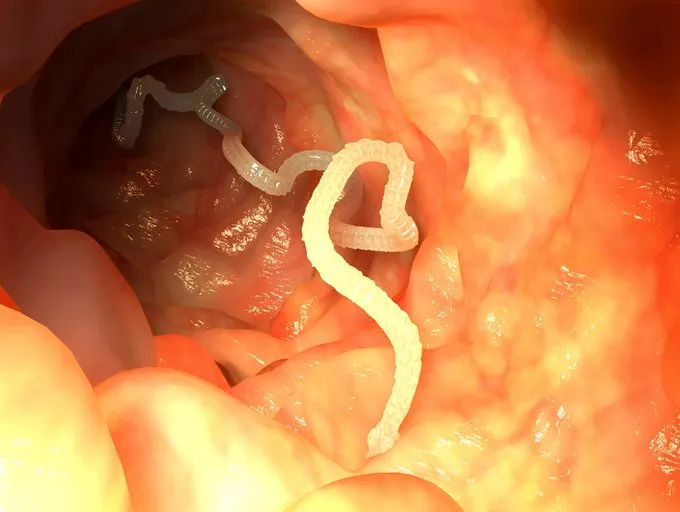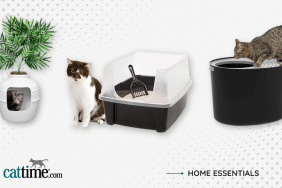This article courtesy of PetMD.com.
Cestodiasis in Cats
Tapeworm infection can affect cats (as well as many other mammals), typically settling in the small intestine. Invasion by the Cestoda tapeworm results in a medical condition that is referred to as cestodiasis. The tapeworm species can include Taenia, Dipylidium Caninum, Echinococcus, and Mesocestoides. Treatment to destroy tapeworms is a critical step in preventing transmission to humans (typically children), and for averting damage to the cat’s body. When treated promptly, prognosis is positive.
Symptoms
As the tapeworm grows, pieces of it break off into segments and pass into the intestines. You may see dried, white to cream colored segments, or pieces of tapeworm in your cat’s feces or stuck to the fur under the tail. Some tapeworm species will break off into segments that are too small to see, while the segments of other tapeworm species will resemble sesame or cucumber seeds in size and appearance. Still other species of worms will pass directly into the feces, where they can be readily seen. Cats may bite or lick the anus, or drag their hind quarters across the floor in response to the itching.
Causes
Tapeworms are acquired by ingesting the larvae. Tapeworm eggs are frequently ingested through adult fleas. Other sources that are potential transmitters, and that a cat is likely to ingest, include rabbits, birds, and rodents. Scavenging may also lead to an infestation of tapeworms.
Diagnosis
Your veterinarian will perform a thorough physical examination on your cat. If tapeworms are present, they will be found in the anal sac or in the feces. A fecal sample can be used to review for the presence of tapeworms. False negatives do occur, but most test results are conclusive.
Treatment
Treatment is given on an outpatient basis for adult tapeworms, either by injection or by oral medication. Medications are effective at removing tapeworms from the cat’s body.
Living and Management
It is important to administer the full course of the prescribed medication to ensure that the tapeworms are removed from your cat’s body.
Prevention
Keeping your cat free of flea infestation is the best protection against tapeworms. However, if infestation does occur, the environment must be treated along with the cat to prevent recurring infestations. Keeping your cat away from dead animals and garbage may also help prevent ingestion of tapeworms.
This article originally appeared here on PetMD.com.









